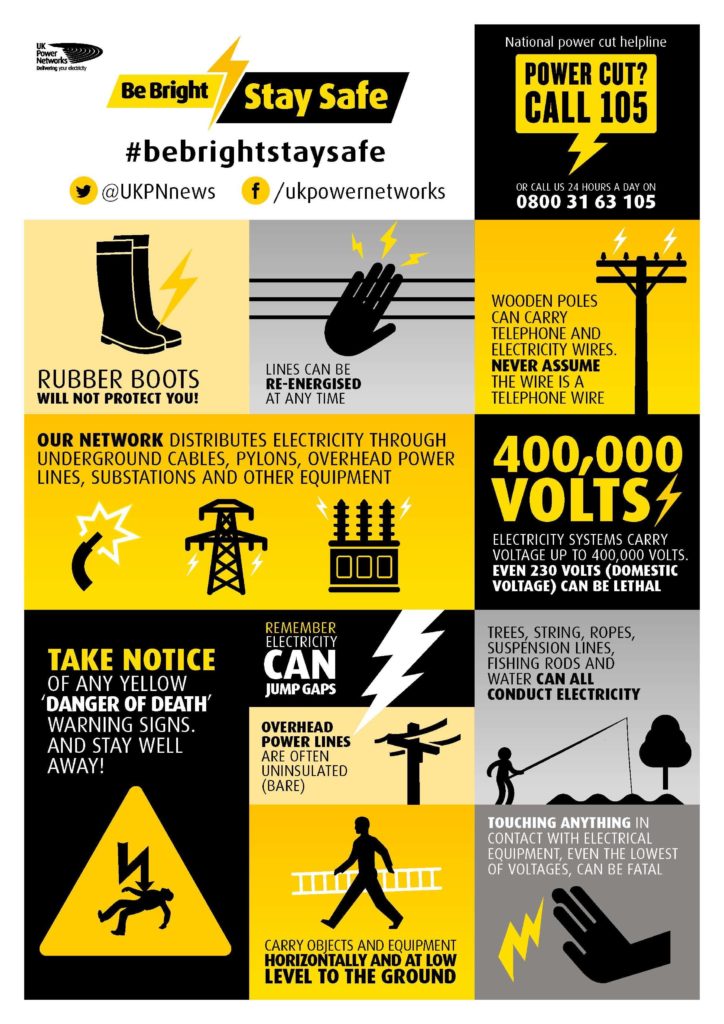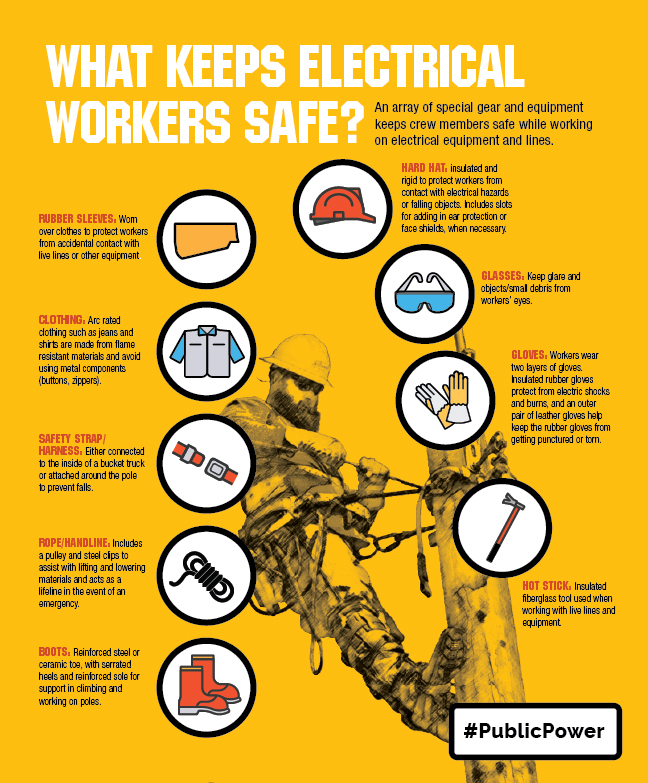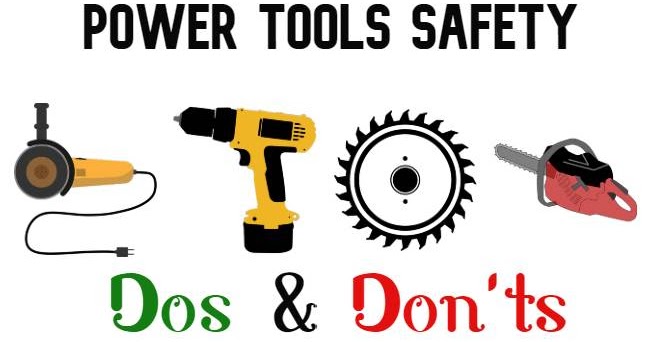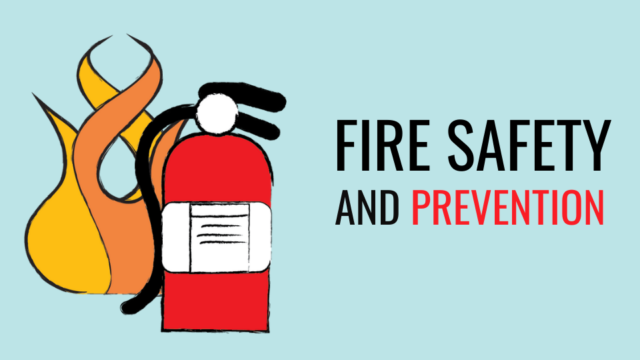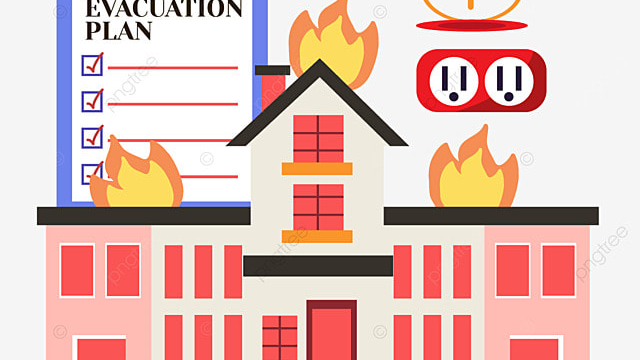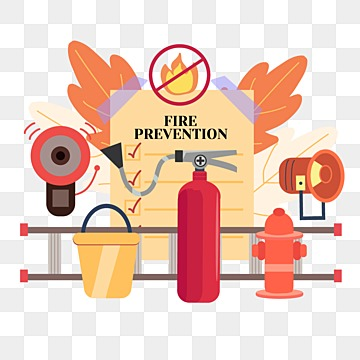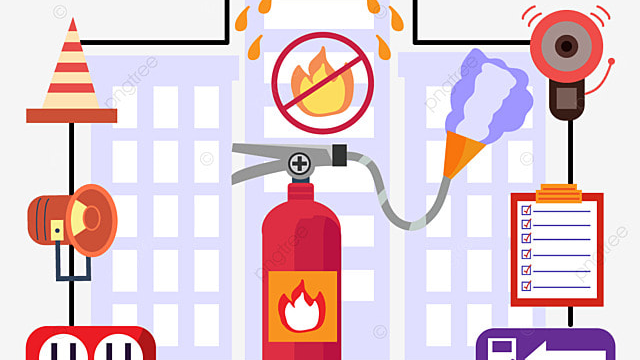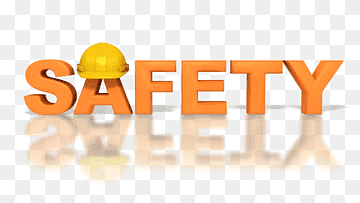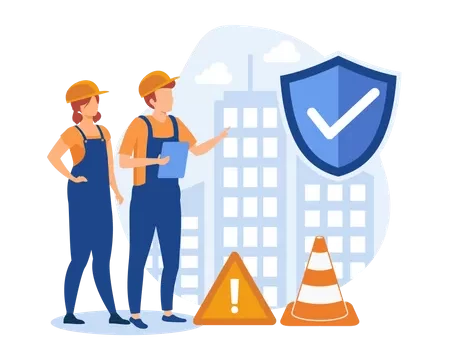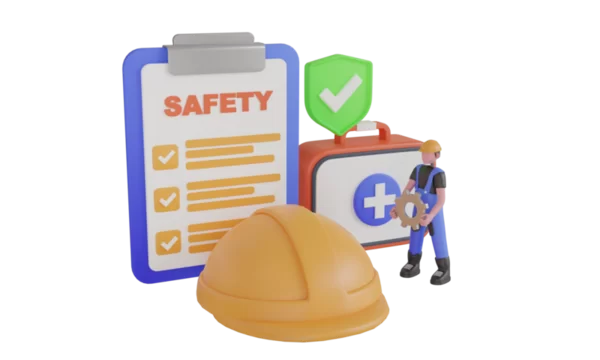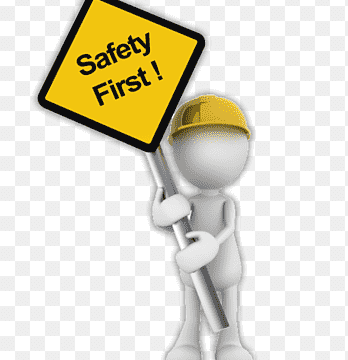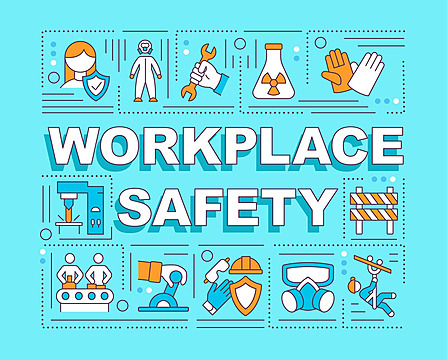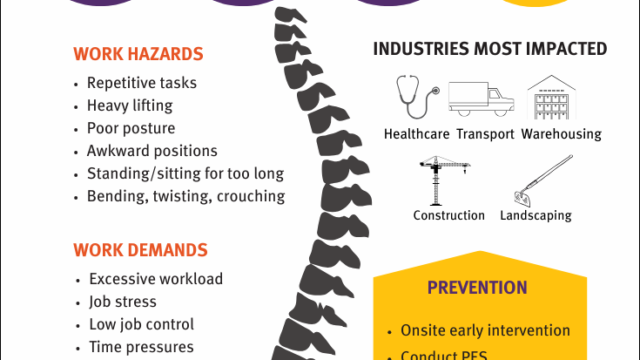Popular
Energy Saving, Electrical Safety and Machinery Safety
Description
Course Outline
Module 1: Introduction to Energy Saving
- Importance of energy efficiency in industrial and commercial settings
- Basics of energy auditing
- Strategies for energy conservation in electrical systems
- Tools and technologies for energy monitoring and optimization
Module 2: Electrical Safety
- Understanding electrical hazards (shock, arc flash, fire risks)
- Workplace safety standards and regulations (e.g., OSHA, IEC, NFPA)
- Safe work practices for handling electrical equipment
- Lockout/Tagout (LOTO) procedures for electrical systems
- Personal protective equipment (PPE) for electrical safety
Module 3: Machinery Safety
- Overview of machinery hazards and risk assessment
- Machine safeguarding techniques (guards, sensors, interlocks)
- Regulatory standards for machinery safety (e.g., ISO 13849, ANSI B11)
- Maintenance and inspection protocols for safe machinery operation
- Incident response and emergency planning for machinery-related accidents
Module 4: Integrated Safety and Efficiency Practices
- Aligning safety and energy-saving goals
- Case studies of successful implementations
- Best practices for ongoing safety and energy management
- Preparing an action plan for workplace application
Course Objectives
- Understand the principles of energy conservation, electrical safety, and machinery safety.
- Identify risks and hazards associated with electrical and machinery systems.
- Learn regulatory standards and compliance requirements for workplace safety.
- Apply energy-saving strategies to reduce operational costs and environmental impact.
- Implement safety protocols and risk management strategies for electrical and machinery systems.
Learning Outcomes
By the end of this course, participants will be able to:
- Conduct basic energy audits to identify inefficiencies in electrical systems.
- Recognize and mitigate electrical and machinery hazards in the workplace.
- Develop and enforce workplace policies for electrical and machinery safety.
- Implement energy-saving solutions without compromising safety standards.
- Monitor and maintain compliance with safety regulations and energy efficiency goals.
Methodology
The course will utilize a combination of:
- Lectures and Presentations: To cover theoretical aspects and regulatory standards.
- Interactive Workshops: Hands-on exercises to practice hazard identification, energy audits, and safety procedures.
- Case Studies: Analysis of real-world scenarios to reinforce practical application.
- Group Discussions: Collaborative problem-solving and sharing best practices.
- Quizzes and Assessments: To evaluate understanding and reinforce key concepts.
- Simulation and Demonstration: Use of simulation tools for energy efficiency and safety testing.
- Action Plan Development: Participants will create an actionable plan for implementing energy and safety improvements in their workplace.
Location
Review
Write a ReviewThere are no reviews yet.



